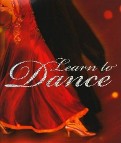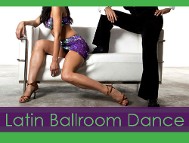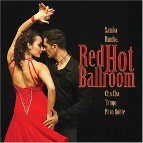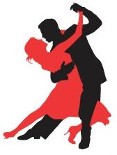If this season’s all-star Dancing With the Stars competition is inspiring you to tango, today there are even more reasons to join in: New research shows that dancing doesn’t just build bones and improve balance; it can even boost brainpower. A recent study in the Journal of Sports Science and Medicine found that dancing twice a week for six months increased memory and cognitive function among older adults at risk for cardiovascular disease. Sure, other types of exercise offer some of these benefits. But compared with jarring regimens like jogging, dancing is easy on the joints, says tennis great (and former DWTS contestant) Martina Navratilova. Plus, dancing requires some social skills—and that’s good for your brain, too.











